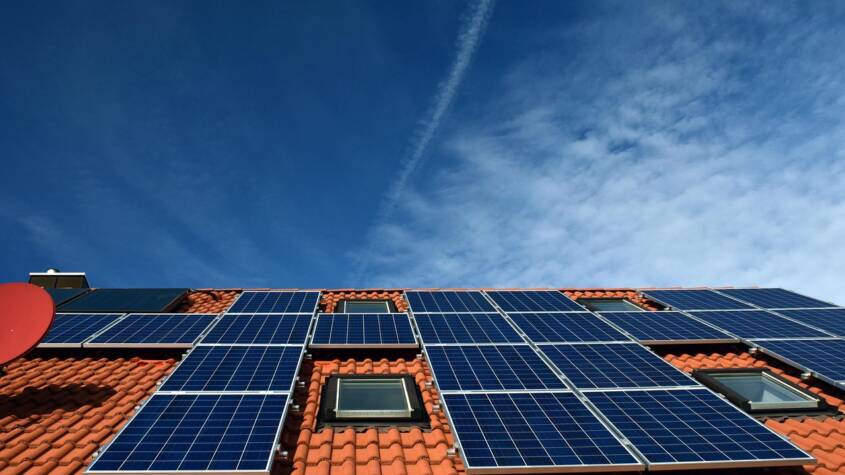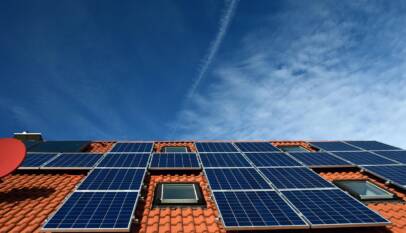Solar Glass Panels Advancing Sustainable Energy Solutions in 2025
Solar glass panels combine solar technology with transparent or semi-transparent materials, allowing surfaces like windows and facades to generate electricity without blocking light. They provide a way to integrate solar power into buildings more seamlessly than traditional panels.
This technology appeals to architects and developers focused on sustainability and energy efficiency without sacrificing design aesthetics. As urban areas seek cleaner energy solutions, solar glass panels offer a practical option that merges function and form.
Understanding Solar Glass Panels
Solar glass panels combine transparency with solar energy harvesting, using materials designed to capture sunlight while maintaining glass-like properties. Different technologies influence efficiency, appearance, and installation options. Their main benefits include durability, energy production, and architectural integration.
How Solar Glass Panels Work
Solar glass panels contain photovoltaic (PV) cells embedded or coated onto glass surfaces. These cells convert sunlight directly into electricity using the photovoltaic effect.
Light passes through or is absorbed by thin-film or crystalline silicon layers in the glass, generating an electric current. This current is then collected and routed for power use or storage.
They often integrate with building façades, windows, or canopies, enabling dual functions: energy production and structural transparency. This makes them suitable for urban and commercial applications where glass surfaces are abundant.
Types of Solar Glass Panel Technologies
There are primarily two types of solar glass panel technologies:
- Crystalline Silicon-based: These use rigid silicon cells laminated between glass sheets. They offer high efficiency but less transparency.
- Thin-Film Technology: Utilizes materials like CIGS (Copper Indium Gallium Selenide) or amorphous silicon deposited in thin layers. These enable higher transparency and flexibility but lower energy conversion rates.
Some panels combine layers with anti-reflective coatings to optimize light absorption and minimize glare. The choice of technology depends on factors like power needs, aesthetics, and installation environment.
Key Features and Advantages
Solar glass panels provide energy generation without compromising natural light. Their integration in building design reduces the need for separate solar modules.
They are durable, weather-resistant, and require minimal maintenance. Due to multi-functionality, they help in reducing building energy costs and carbon footprint.
Other advantages include architectural versatility, as they can be customized in size, shape, and transparency levels. This enables seamless incorporation into modern designs such as curtain walls and skylights.
Applications and Future of Solar Glass Panels
Solar glass panels are increasingly practical across various sectors, combining energy generation with functional design. Their use spans from everyday buildings to cutting-edge architecture, with ongoing advances shaping market demand and technological capabilities.
Residential and Commercial Uses
Solar glass panels provide energy solutions for homes and businesses by converting windows and facades into power sources. This technology allows buildings to generate electricity without additional space for traditional panels.
They reduce electricity costs and carbon footprints, making them attractive in urban areas with limited roof space. Commercial buildings benefit from integrated solar glass in skylights and curtain walls, enhancing sustainability without altering appearances.
Maintenance is minimal, and lifespan is comparable to traditional windows, ensuring long-term value. Integration with smart systems optimizes energy management, improving efficiency in both residential and commercial settings.
Integration in Modern Architecture
Architects increasingly use solar glass panels to meet environmental standards while preserving aesthetic qualities. These panels serve as transparent or translucent elements, maintaining natural light flow.
They enable innovative designs, including large glass surfaces that generate energy, shifting the role of facades from purely structural to functional. This makes them suitable for skyscrapers, shopping centers, and public buildings aiming for LEED certification.
Adaptability to various glass types supports different climates and building needs. The seamless merge of energy capture with architectural form is redefining building design priorities.
Market Trends and Innovations
The market for solar glass panels is growing due to rising energy costs and stricter regulations. Improved efficiency rates and reduced production costs make them more competitive against conventional solar panels.
Innovations include enhanced transparency, color options, and improved durability. Research is focusing on integrating photovoltaics with other materials for multi-functional surfaces.
Government incentives and green building certifications drive adoption, while collaboration between glass manufacturers and solar experts accelerates product development. This dynamic market is poised for steady expansion globally.
Kongo Tech Leading Innovation in African Technology Solutions
Kongo Tech specializes in developing innovative digital solutions tailored to African mark…









